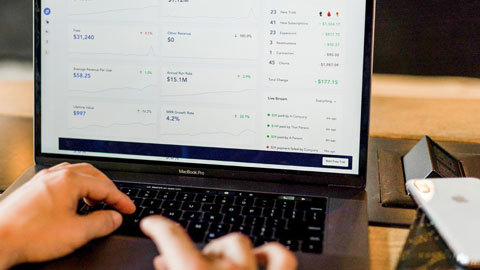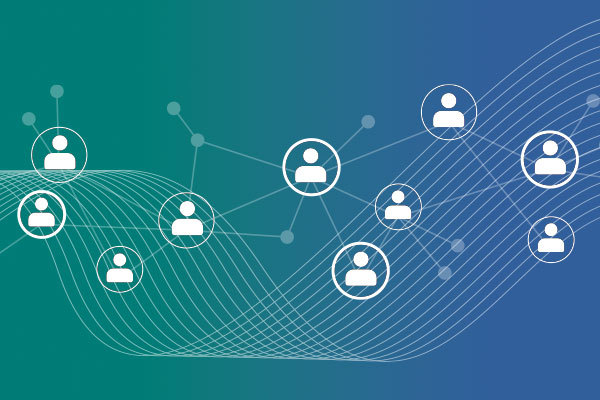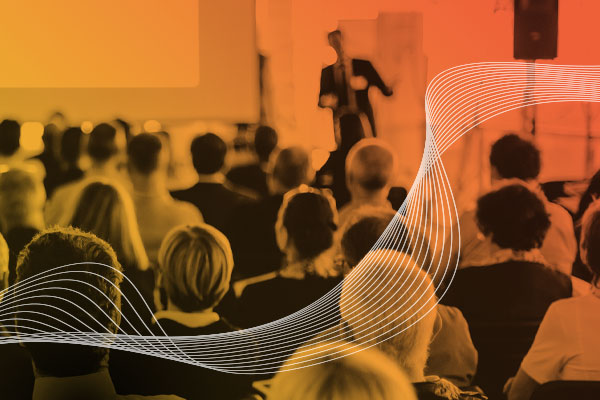B2C is a Predictor of B2B
By Mick Naughton
May 20, 2021
Table of Contents
I’m of an age where I can remember in B2B when the internet was a novelty (“I just sent a customer an email!”) and big data consisted of a room filled with filing cabinets that contained 300 years' worth of green bar paper purchase orders in three-ring binders. My, how times have changed!
It seems in an instant, fax machines gathered dust in mailrooms and our binder budget shrank precipitously. As technology has forever changed the way we approach business, the use of it between B2C and B2B has not always progressed at an even pace. B2C has traditionally blazed the trail, particularly in the use of data around sales and marketing, but also in other domains that seem in some ways more characteristically B2B. Specifically, I want to drill into three big areas where some of these trends are occurring in the B2B world: sales/marketing, operations and supplier evaluation.

Sales & Marketing
This is certainly the area of highest focus and visibility. The aggregation of B2C user data over the past decade has been staggering. One of the best quotes from the recent documentary “The Social Dilemma” was, “If you're not paying for the product, then you're the product.”
B2B companies are increasingly incorporating some of these same techniques into their playbook. The lead data that gets ingested into our CRM systems now is often coming from intent engines. From a marketing perspective, we are now seeing B2B organizations track and market to individuals versus the traditional B2B routes. I was recently in a sales cycle with a large B2B electronic components distribution company in which I spent a fair amount of time looking at their website and searching the web for details on their organization. Within a day their company started showing up in banner ads in my browser. Clearly, they had invested in ad words and were trying hard to get my attention!
“B2B marketing is more important than B2C. It’s what drives the economy forwards, not just outwards.”
Tom Gatten, CEO, Growth Intelligence
Traditional B2B sales and marketing techniques are certainly not going away anytime soon. B2B sales are complex and typically very specific. But if your organization isn’t working to incorporate and exploit these new avenues to gather, ingest and parse out opportunities, you are likely losing ground. Zilliant has several solutions that can help your organization incorporate this data into your sales and marketing processes, while predicting the likelihood of success with individual customers through artificial intelligence (AI) and machine learning (ML).
Explore: Close the strategy-to-execution gap with Sales IQ™ and Campaign Manager™
Operations
The sales and marketing functions are pretty intuitive in terms of how B2B is following B2C. But operations? I’m sure you’re thinking “Aw, c’mon, operations are the domain of B2B. This is where we shine! What can B2C possibly teach us?” Three words...ease of use. Who remembers when using a PC required a Ph.D. in computer science? If you wanted to build a website you had to go out and buy “HTML for Dummies” and learn how to code. Remember when your mobile phone was...a phone? As a civilian now everything is intuitive, fast and connected. My grandma can transfer money from her bank account to her hairdresser on her phone. If you would have told me 15 years ago that she would be able to do that in 2021, I would have thought she had become some kind of black ops secret service international arms dealer.
B2B systems need to move fast, act intuitively and be integrated with one another. With the advent of cloud-native SaaS and high availability APIs, this is becoming a reality. As I work with clients, some of the issues we hear frequently are around transcription errors when there is double entry work, system slowdowns as backend applications are trying to manage large data sets and difficulty working across multiple platforms. Zilliant’s platform was the first of its kind to move to the cloud and is built on 100% cloud-native architecture. Our investment in REST-based high availability APIs has allowed us to provide the highest service levels in the industry and connectivity into virtually any enterprise application. B2C is all about speed, ease of use and interconnectivity. B2B needs to follow suit.
Read more: Zilliant CTO Shams Chauthani on Digital Transformation
Supplier Evaluation
Again, you may ask, “What can B2C tell B2B about evaluating suppliers? We have a team of highly trained professional buyers! We have RFPs that can examine suppliers' capabilities through a series of detailed questions. They take hours...no...months to build and even longer to evaluate!”
Tools to evaluate suppliers will always be important and professional procurement teams will always be a key component of any successful B2B organization. But where B2C is pushing the envelope is in user experience and crowd-sourced references. An RFP can tell you many details about a vendor's capabilities and they may even provide you with some great (handpicked) references. But ultimately customer experience is what drives satisfaction and if you are not providing it to B2B clients their voice can be heard far and wide.
“The difference between epic and epic failure is customer experience.”
Peter Bell, marketing director, Adobe
One of the main drivers now of customer experience is your eCommerce presence. B2B clients expect a B2C-like experience, intuitive suggestions, and contract pricing available online. If they don’t have a contract price, they want to be able to negotiate a price right there and then and not have to wait for a salesperson to get back to them. Speed and personalization will be expected. Zilliant has tools that help you deliver that experience for your current clients and attract more prospects.
Read more: The Art of Intelligent Automated Negotiation
Explore: Increase average order size with Zilliant Cart IQ®
Conclusion
'Things that 10 years ago would have seemed unimaginable are becoming a reality. Many of these tools have their innovative roots in B2C. Traditionally, it has taken a while for B2B to catch up, but that lag time seems to be growing shorter and shorter every year. Building systems and processes that incorporate the latest in data science to drive speed and customer experience is no longer a goal for the future but a requirement of the present.
If you’re interested in how Zilliant can help your company prepare for the future of B2B send me an email at michael.naughton@Zilliant.com or connect with me on LinkedIn.



